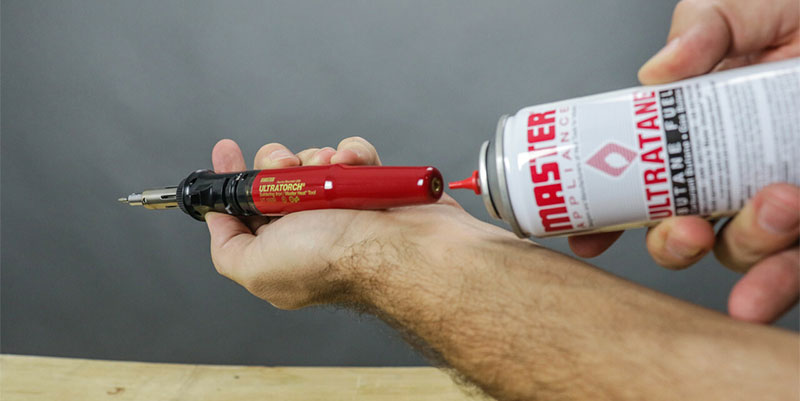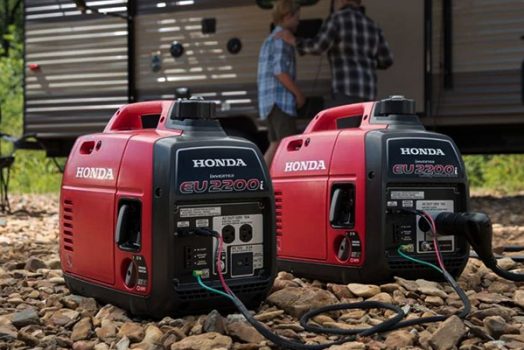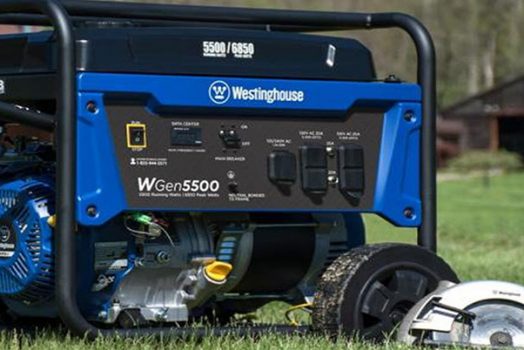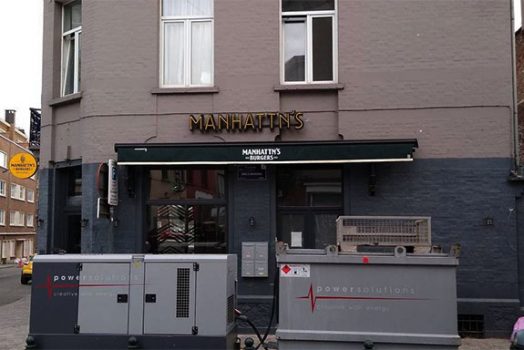Learning to solder is not only helpful in repairing electronics but also for making jewelry. There are many ways to do it at home with minimal equipment and basic skills. The most common way is by using a soldering iron, which comes in two main varieties: analog (heating element on the inside of an exposed metal wire) or digital (heating element enclosed in a protective sheath). A soldering gun heats up quickly and allows you to work more efficiently, but they can be dangerous because they don’t have any guards on them. Depending on what you’re working on, one may be better than the other; all projects will require some form of heat-resistant gloves for protection.
What are the soldering methods?
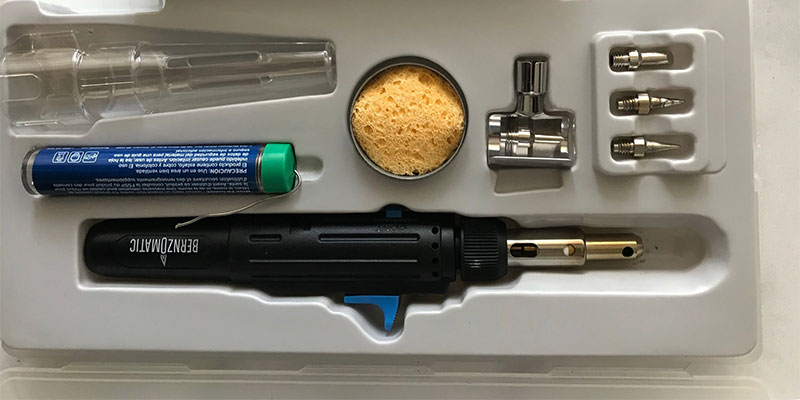
Soldering is an essential skill for any aspiring crafter. There are many ways to solder at home, including but not limited to using a soldering iron or flux pen. Today we’ll be discussing the differences between these two methods and how each one can best suit your needs. The first method uses a soldering iron which can typically be found in hardware stores for $20-$50 depending on quality. Once you have purchased the tool, all that’s needed is some “soldering wire” (such as 60/40 rosin core) and solder paste (which comes in different thicknesses). This process requires more time because you will need to prep both surfaces before applying the solder; however, it should produce higher quality joints.
Ways of using butane solder
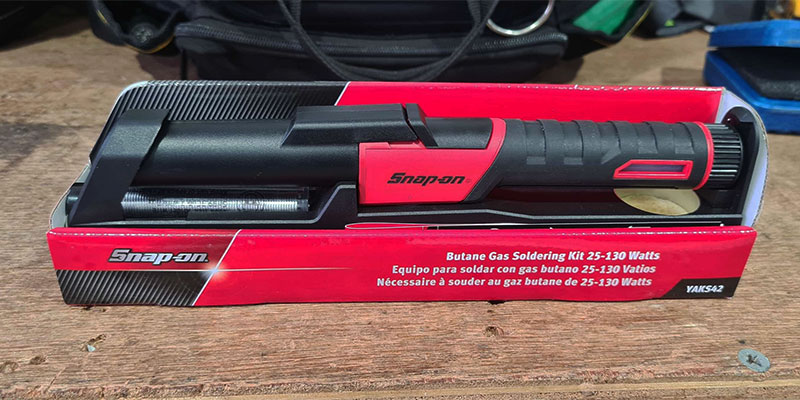
Butane solder is a type of metal that has been used in the construction industry for decades. In this blog post, we will explore how butane can be used to construct buildings and other structures.
There are many different types of butane soldering kit, including gas-shielded flux-cored wire, which releases less smoke while being heated up with a torch. The flame from a standard welding torch should not be touched onto the metal as it will cause too much heat and lead to melting or warping.
The soldering flux is used in the soldering process to enhance the ability of solder to flow evenly on surfaces, removing oxides at the same time. The use of the butane solder flux is not limited to PCBs or wire-to-board applications; it can also be used for other purposes. Sometimes people use more than one type of flux in a single soldering process. We will present applications of butane solder flux that are not related to electronic devices.
A butane soldering iron is the most common use of a butane solder. A butane soldering iron is an electric soldering iron with a gas burner attached. The butane-powered heater will heat the tip of the metal to 800 degrees Celsius (1472 degrees Fahrenheit).
This method is used to weld pieces of welding wire together, melting the metal at the joint.

